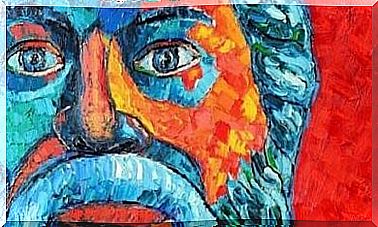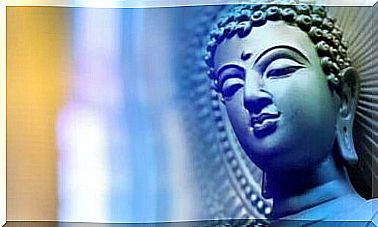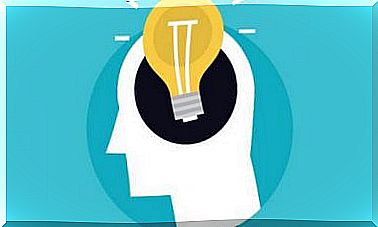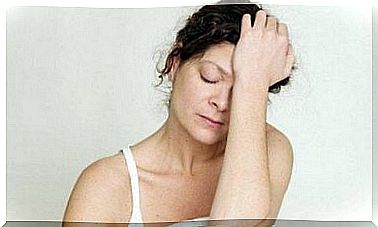Motor Cortex: Characteristics And Functions
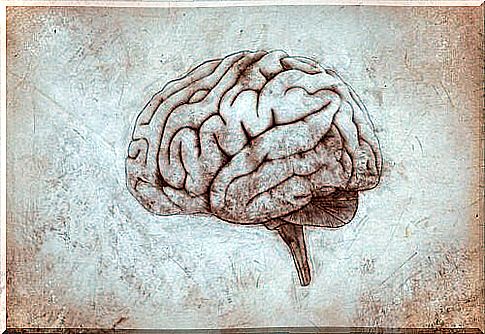
Thanks to the brain, we can plan, eat, run and even smile. It is through the complex but fascinating functions of the motor cortex that we carry out the different daily actions. This area helps us to control, execute and plan the movement.
It also allows us to react to stimuli, which is crucial for survival. But it doesn’t act alone. Each movement is made possible by the various connections and associations with other areas of the organism.
In this article we will look at where the motor cortex is located and what its structures and functions are. What are the pathologies associated with it in case of injury or its malfunction.
What is the motor cortex and where is it located?
The motor cortex is one of the parts of the telencephalon, which in turn is part of the brain. Its main function is to promote movement. Through it we generate, maintain and finalize the movements.
Thanks to the motor cortex, voluntary movements can be performed consciously. This brain area is located in the frontal lobe, just before the Rolando fissure and the somatosensory cortex.
In this area there is a representation of the body called Cortical Homunculus, which indicates the parts of the cortex where movement occurs; some are distinguished by their large size. For example, the hands (especially the thumb), tongue and face.
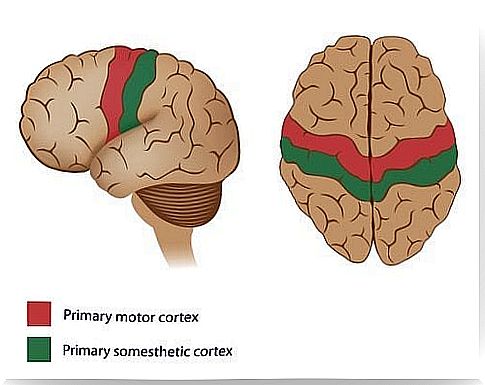
What areas is the motor cortex divided into?
The motor cortex includes several areas, through which movement becomes possible:
- Primary motor cortex. It is the main area, responsible for generating the nerve impulses necessary for the production of voluntary movement. It is also responsible for sending orders to the voluntary muscles of the body, which it causes them to contract or tense. It is an area with a very low arousal threshold.
- Additional motor area. Here the coordination of complex movements and posture takes place. As well as the sequence of movements in large muscle groups.
- Premotor area. It is characterized by a high arousal threshold. In addition, it is responsible for memorizing the movements that come from past experiences. It coordinates and at the same time programs the sequence of movements and the activity of the primary motor cortex. It is located in front of the primary motor cortex and near the Silvio fissure. She is also involved in speech-related movements.
- Broca area. It is the area involved in the processing of language and therefore the necessary muscle movements. It is located in the opercular and triangular areas of the inferior frontal gyrus.
- Posterior parietal cortex. It is the area that transforms visual and other sensory information into motor information. It is found within the motor classification because it has to do with movement, although at other times it appears as sensory due to its relationship with the senses.
Pathologies affecting the motor cortex
An injury to this area of the brain can cause serious consequences, as it is involved in most of the actions performed on a daily basis. Some of the problems related to this area are:
- Paralysis. It consists in the total or partial loss of movement of one or more parts of the body. When the lesion occurs in one hemisphere, it will manifest on the contralateral side. In other words, when the motor cortex of the left hemisphere is injured, the affected side will be the right side.
- Apraxias. The person is unable to perform movements when required. He understands the given order and has the disposition to execute it, but he has no control over the motor execution.
- Dysarthria. It is a speech disorder. The person has difficulty articulating sounds or words.
- Agraphy. It consists in the lack of ability to express ideas and thoughts through written language.
- Broca’s aphasia. In this case the person undergoes an alteration in the production of expressive language. Characterized by difficulty in articulating words, writing alterations and difficulty remembering words.
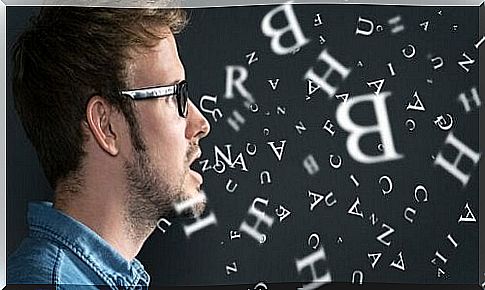
In any case, research on the motor cortex proceeds steadily, since it is through it that answers are sought to be able to develop repair methods after an injury. The study by Bunkerot and collaborators, published in 2018 in the journal Restorative Neurology and Neuroscience, is an example.
The article highlights the importance of the motor cortex for movement. Research shows adaptive plasticity of the cortex after reconstruction of a socket in individuals with tetraplegia.
The surgical methodology described represents a window on cortical neuroplasticity following the recovery of arm and hand function.
Final remarks
Advances in neuroscience help us understand how the cortex responds to injury and treatment. The beginning of a journey to find definitive solutions for cortical damage.
The motor cortex is the axis of movement. Without it, we would not be able to perform the actions we are used to. Through its encodings and connections, it sends and receives signals to and from different parts of the body. In this way, it allows conscious voluntary movements, thus offering us the possibility of relating to the world on a motor level.
